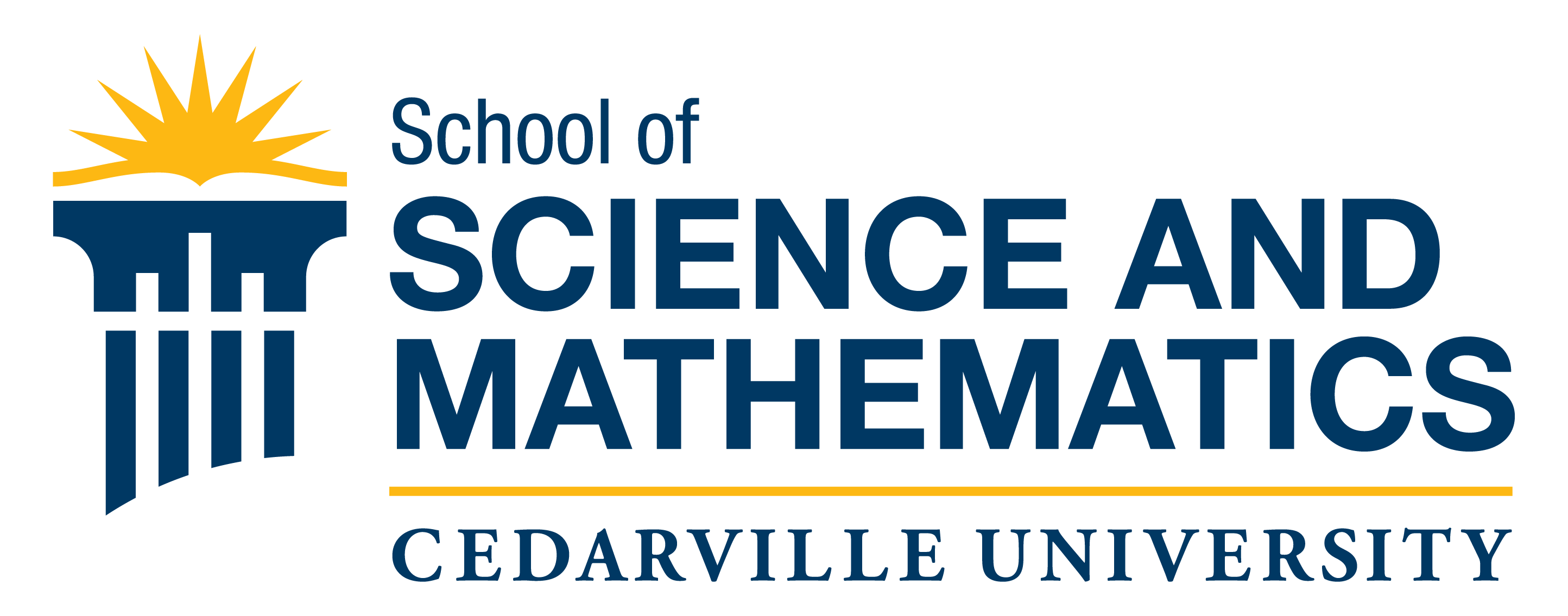Science and Mathematics Faculty Presentations
Document Type
Poster Session
Event Date
4-19-2015
Conference/Event
35th Annual Symposium on Sea Turtle Biology and Conservation
Location
Dalaman, Mugla, Turkey
Abstract
The hawksbill sea turtle (Eretmochelys imbricata) can be found in the Atlantic, Pacific and Indian Oceans. As with other sea turtles species, hawksbills have a cluster of scales on the dorsal and lateral surfaces of the head that form unique scale patterns. Following a previous study using Interactive Individual Identification System (I3S) Spot, we used the Pattern version of I3S to compare and identify in-water photographs of turtles within the Roatán Marine Park (RMP) on the western end of Roatán, Honduras from May to September, 2014. The Pattern program is designed to annotate individual ‘fingerprints’ for species with complex markings by identifying key points and assigning a descriptor area around each point using the Open Source Computer Vision (CV) implementation of Speeded-Up Robust Features (SURF). Points and areas are delineated within a user specified polygon using an automatic key point extraction algorithm. The ‘fingerprint’ on one photograph is then compared to ‘fingerprints’ on other photographs in the database and potential individual matches are selected, thus reducing the number of photographs that require review by manual comparison. Through daily underwater dives, we photographed turtles on 78 occasions and created a database of 182 photographs. New photographs were then cross referenced with photographs in the I3S photo database to determine whether turtles had been previously encountered. We visibly assessed potential matches for similarities and successfully identified 68 different hawksbill individuals. Nine individuals were re-identified from pictures on later dives and one individual was re-identified twice. I3S Pattern failed to recognize actual matches (false negatives) four times (40%), and identified two (20%) false positives. However, these false matches may have been dependent on the quality of the photographs used. We were unable to use I3S Pattern to match any dorsally oriented photographs and recommend that future studies use I3S Spot, rather than the current version of I3S Pattern, to match photographs taken of the dorsal view of the head. The I3S Pattern program successfully aided our research by facilitating accurate counts of hawksbill sea turtles re-sighted in the RMP over the period of the study. Automated photo identification can help provide long-term data on turtle migrations, movements, and life-history stages, and can thus be a valuable tool for conservation of marine turtles.
Keywords
Hawksbill sea turtles, Honduras
Recommended Citation
Baeza, Linda; Hayes, Christian; Wright, Marsha K.; Salinas, Lidia A.; and Dunbar, Stephen G., "Photo Recognition for In-water Identification of Hawksbills in a Marine Protected Area of Honduras" (2015). Science and Mathematics Faculty Presentations. 246.
https://digitalcommons.cedarville.edu/science_and_mathematics_presentations/246



